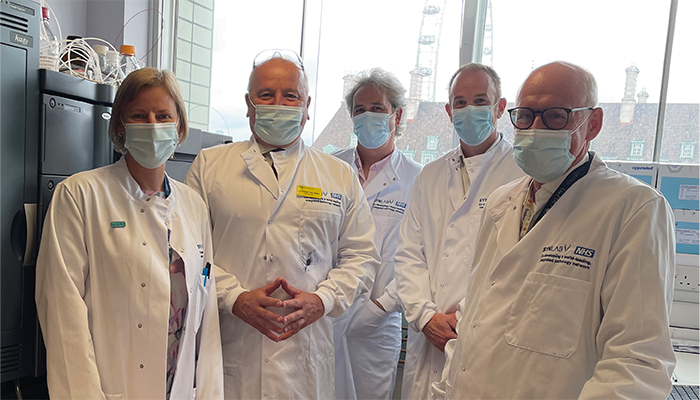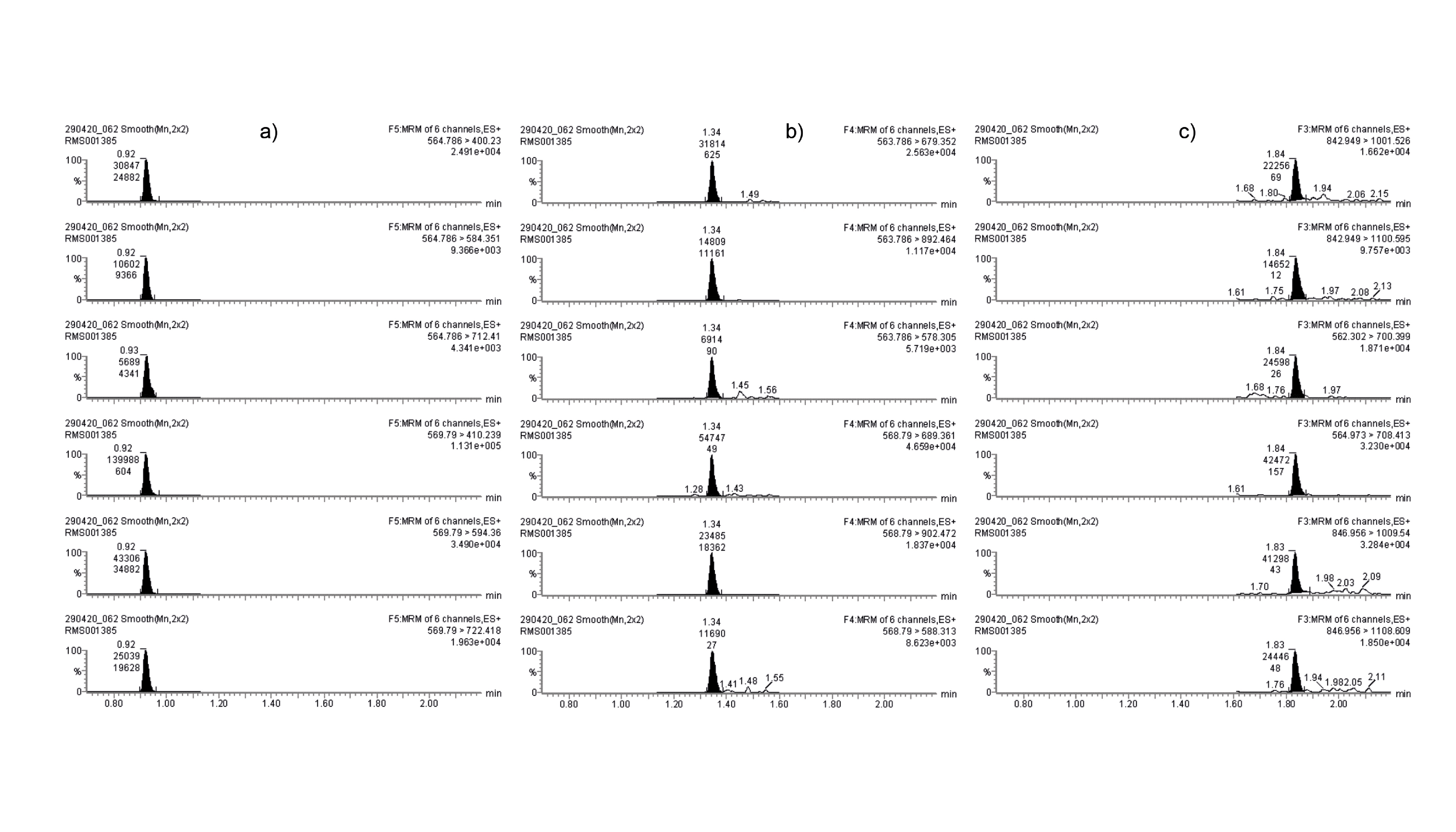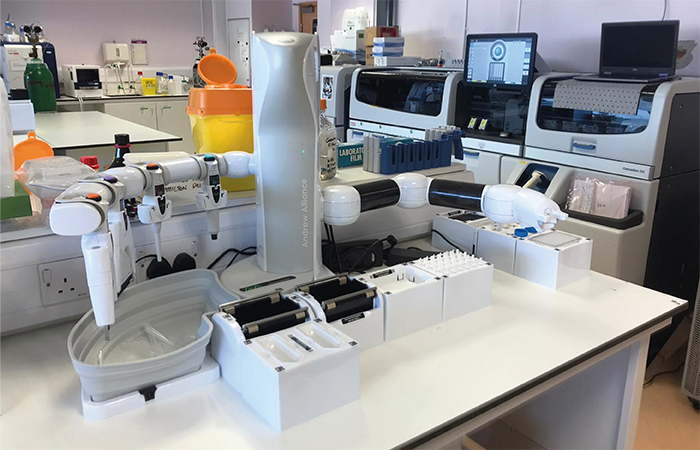In the summer of 2020, Operation Moonshot was set up by the UK’s Department of Health and Social Care (DHSC) to fund various diagnostic approaches for the detection of SARS-CoV-2 – involving scientists from across academia, industry, and the NHS.
One of the project’s primary aims was to develop a state-of-the-art targeted protein assay utilizing liquid chromatography tandem mass spectrometry (LC-MS/MS) to capture and detect low levels of tryptic peptides derived from SARS-CoV-2 virus. The result? The successful development, translation, and validation of a SARS-CoV-2 test using nasopharyngeal swabs – in just five months (1).
Rachel Carling, Director of Newborn Screening and Clinical Lead for Biomedical Sciences at Synnovis, worked as the lab lead for both St Thomas’ and the “P2” labs in this initiative. We spoke with her to find out what lessons she learned during Operation Moonshot.

How important was collaboration during Operation Moonshot?
The interdisciplinary expertise between academia, industry, and the NHS was key to the success of this project. First, academia used their expertise to rapidly create a specialized mass spec method and continually improve it. Next, industry provided advanced technology and valuable support for method development – bringing equipment and materials not typically available within the NHS. Finally, once the mass spec method was established, the NHS optimized and validated it to meet the high standards needed for UKAS accreditation.
Why did you opt for a mass-spec-based approach?
We predicted that mass spec methods had poorer sensitivity than PCR methods because they lack the amplification step of PCR. However, we considered mass spec worthy of investigation due to its ability to separate and detect signature peptides derived from the SARS-CoV-2 virus while maintaining a high output. The nature of mass spec also suggested it would be able to handle variants with only minor modifications required.
What challenges did you face and overcome?
The main hurdle for academics was balancing sensitivity and speed during analysis. Solid phase extraction (SPE) was proving inadequate, but once the “game changing” immunocapture reagent stable isotope standards and capture by anti-peptide antibodies (SISCAPA) became available, we had a breakthrough.
Our clinical biochemistry labs were challenged with optimizing and accrediting the method with UKAS. And that meant a lot of my time was spent simplifying sample preparation steps and working out how to interpret the data. We hit a turning point when Waters provided us with the Andrew+ pipetting robot – cutting our sample preparation time in half.

What lessons did you learn throughout Moonshot?
Operation Moonshot perfectly demonstrated what can be achieved when academia, industry, and the NHS work together. It highlighted the importance of a collaborative mindset, advanced technology access, automation, and dedicated time for development in order to succeed. Post-pandemic, we aim to continue with this “triplex” approach.
We also confirmed the benefits of investing in mass spec and pre-analysis within the NHS. Providing a critical mass of equipment and staff enables better training and increases the capacity for development of new tests. With a drive towards automated mass spec and CE marked/IVDR compatible tests, questions are being raised for the future impact of clinical analysis and the translational pipeline going into the NHS.
I think we should reconfigure existing mass spec services, giving us a smaller number of centralized mass spec hubs with direct connections to academic labs – streamlining the translation of new tests into the NHS. This reconfiguration would improve efficiency, expertise, and investment in analytics – enhancing NHS services.
Are we now better prepared for another pandemic?
We’re undoubtedly more prepared for a pandemic than before 2020. From a mass spec perspective, we are aware of the limitations of the COVID-19 method while understanding external factors – such as the time it takes to create specific antibodies, the requirement for standard specimen collection tubes, and accessing specialized facilities.
At the end of the Moonshot project, I worked on a “lessons learned” exercise so we could collate feedback and highlight areas for improvement moving forward – especially in managing rapidly changing plans and effectively communicating them.
What does the future hold?
Moonshot has opened doors for a range of new tests in our routine clinical lab. Typically in these areas, mass spec is used for small molecules, but Moonshot shows us that we can apply it to peptides and further expand on our testing capabilities. The legacy of Moonshot could see a plethora of clinical testing and advancements.

Image Credit: The Analytical Scientist
References
- J Hällqvist et al., Clin Chem Lab Med, 61(2), 302–310 (2022). DOI: 10.1515/cclm-2022-1000.




